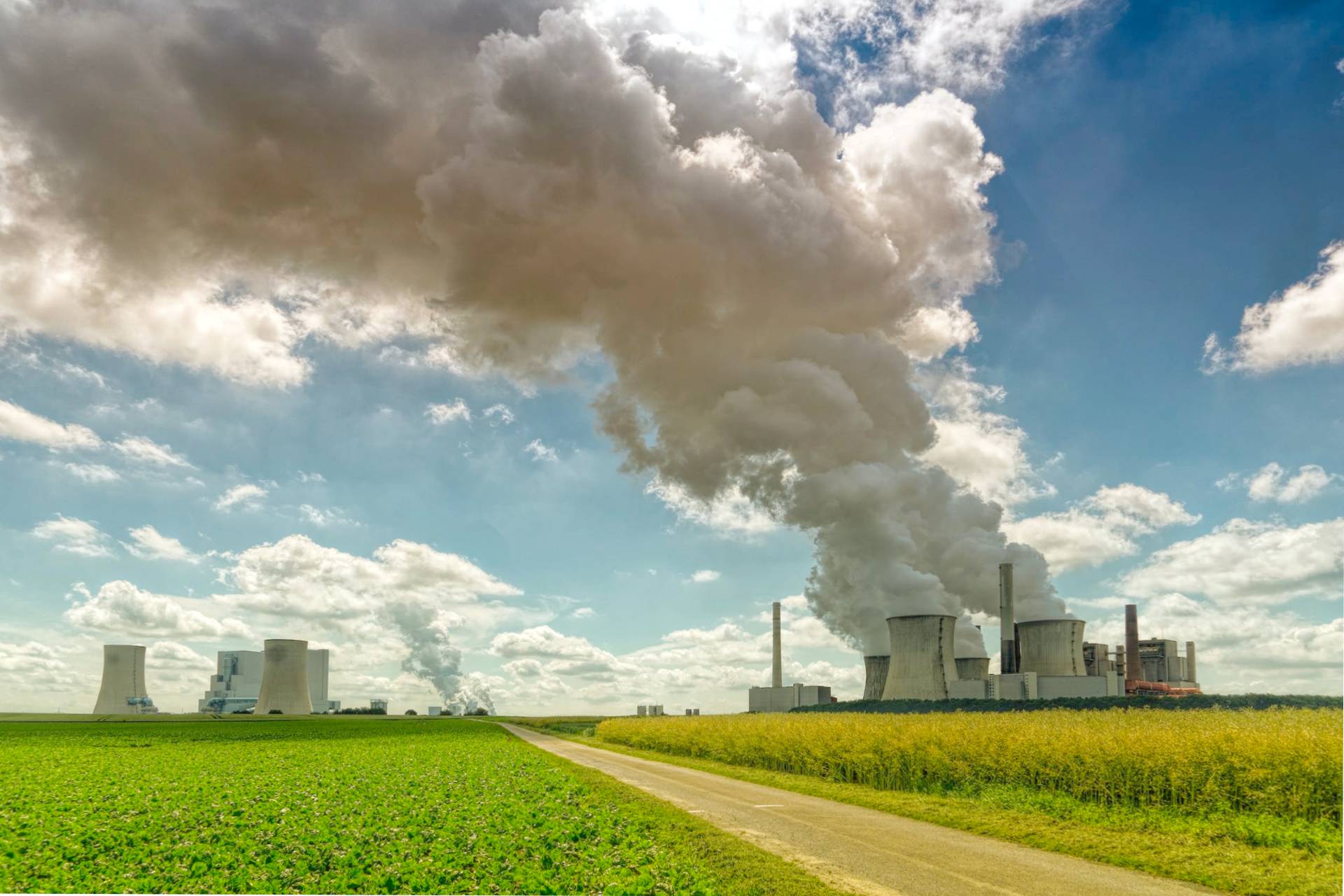On ‘Green Day’, Chancellor Jeremy Hunt announced the first competition for small modular reactors (SMRs). He claims these smaller components of nuclear energy could be key to a more sustainable future – but what are SMRs and how do they fit into the current energy mix?
Traditional nuclear vs. Small Modular Reactors
Traditional reactor plants are immense power generators, ramping up to 700+ MW(e) per unit, but come with drawbacks such as long construction times, high investment, high water consumption, and storing large amounts of nuclear waste. As the need for sustainable energy intensifies, the UK government is seeking ways to mitigate carbon emissions and have looked to SMRs as a potential solution.
At their core, SMRs function on the same premise as large, conventional nuclear reactor plants – via nuclear fusion. SMRs can generate up to 300MW(e) per unit. Their modular design means they can be factory-assembled and transported to a location for installation. Mass production also brings down the manufacturing and construction costs compared to custom-designed conventional plants.
Making nuclear green
The Spring Budget also reclassified nuclear energy as being within in the green taxonomy to invite more funding for the technology. Whether nuclear can truly be green is point of controversy within the industry. While some see this positioning as a welcome supporter in the race to net zero, others do not agree with the ‘falsely labelled’ green energy.
A spokesperson for Stop Sizewell C, a campaign group against the facility, stated: “The chancellor announcing that nuclear will be included in the ‘green’ taxonomy makes a nonsense of the promised consultation and a nonsense of the science, given the major issue of radioactive waste.”
However, the Climate Change Committee identifies a role for nuclear within the mix. Its latest analysis finds that a balanced supply mix could comprise around 70% of annual generation from variable renewables (primarily offshore wind), complemented by around 20% from inflexible generation such as nuclear and bioenergy with carbon capture and storage (BECCS).
The Climate Change Committee’s (CCC) director of analysis Mike Thompson commented positively on the addition of nuclear to the green taxonomy: “For perhaps the first time, the Government has made commitments that clearly go beyond CCC proposals in key low-carbon technologies: offshore wind, nuclear, hydrogen.”
When can we expect to see SMRs?
The SMR competition will be set up by Great British Nuclear with the aim of completing the contest by the end of the year. Winning designs could garner funding from the government if “demonstrated to be viable,” though there is not yet an estimate of how long implementation and construction will take once the competition is completed.
Chief Executive of the Nuclear Industry Association, said, “The SMR selection will put us back in the global race, creating opportunities for home-grown technology and others to bring jobs and investment to the UK and helping us capitalise on export opportunities in a massive global market.”
As the debate around nuclear and its levels of sustainability continues, be sure to watch this space.














